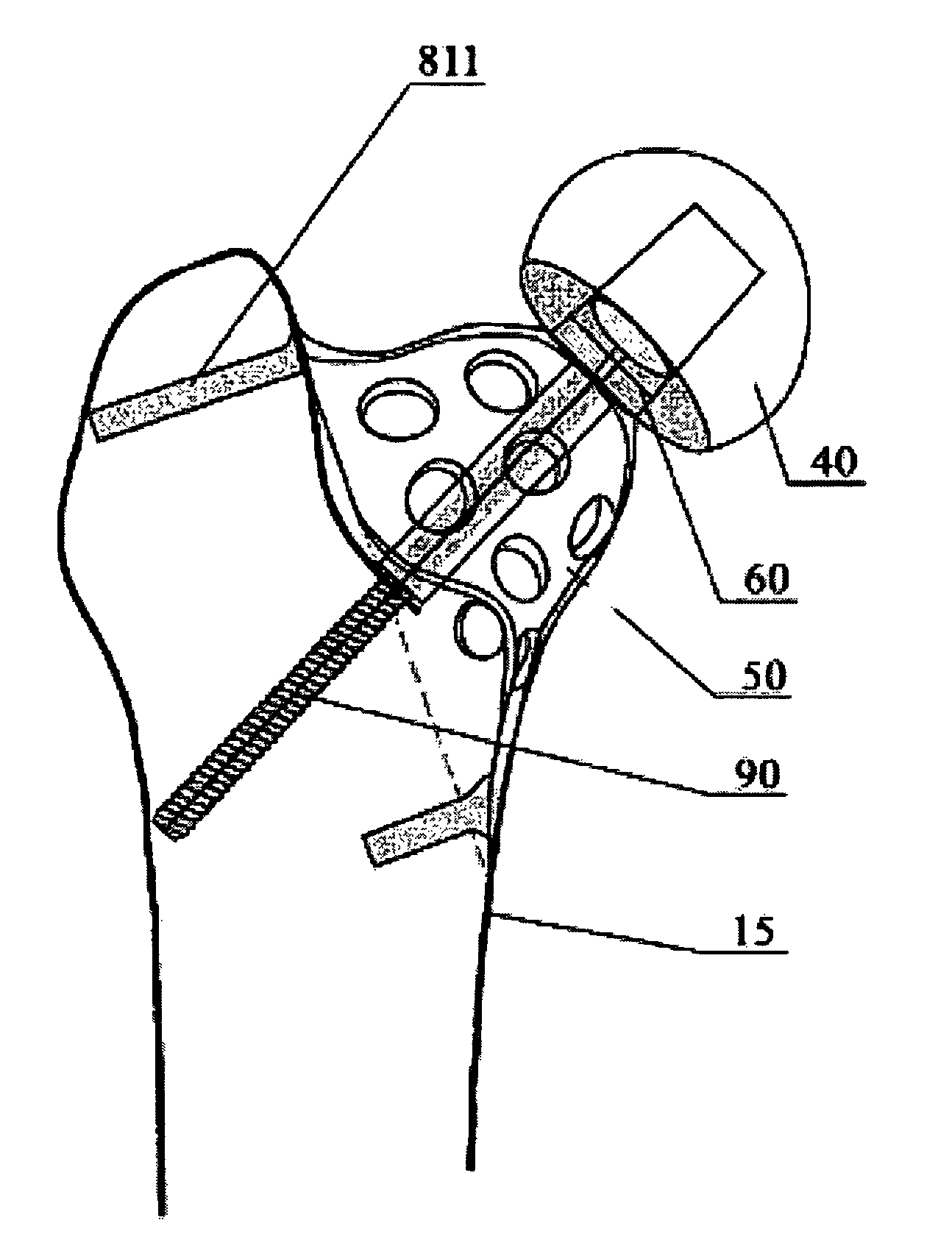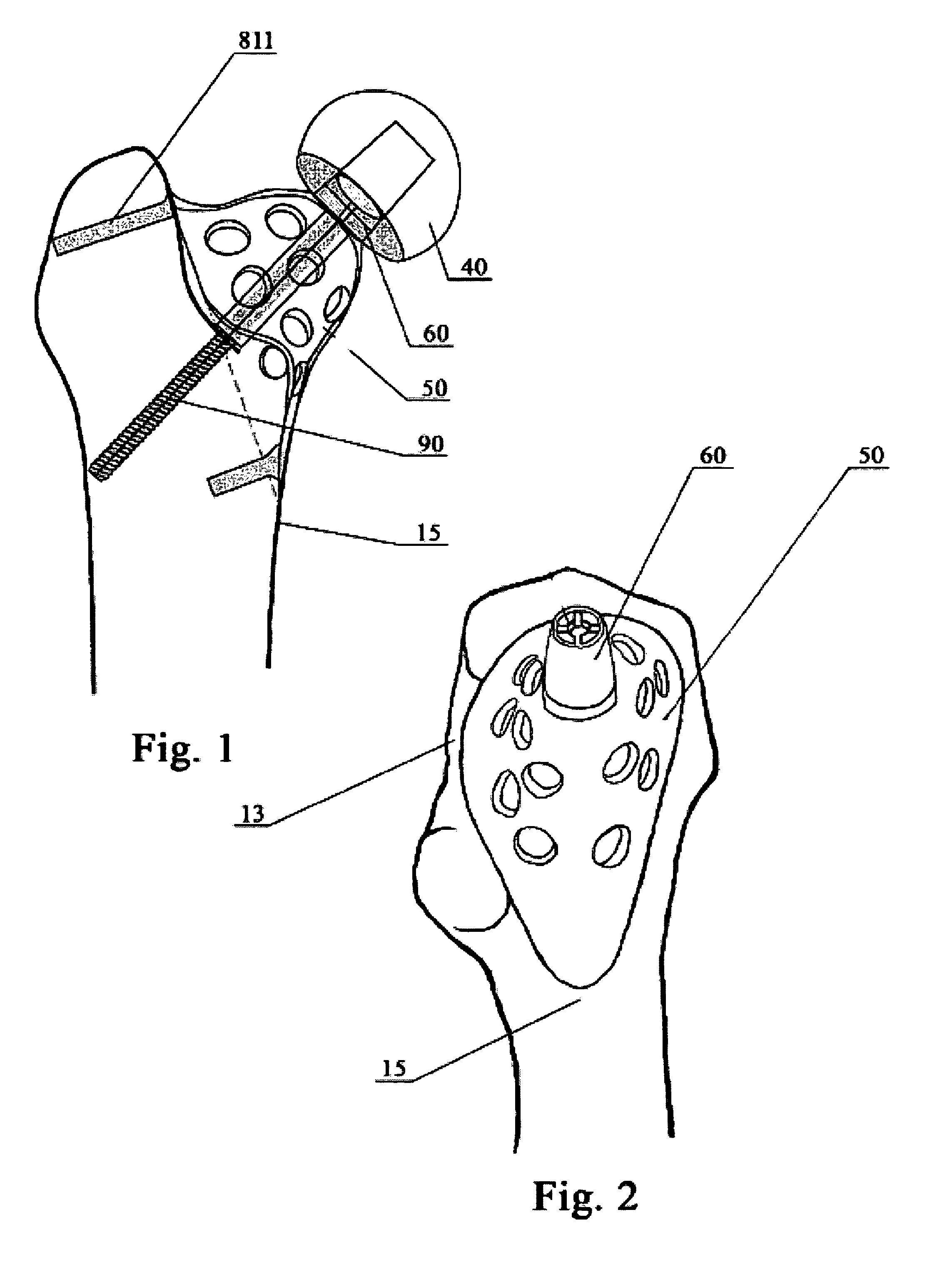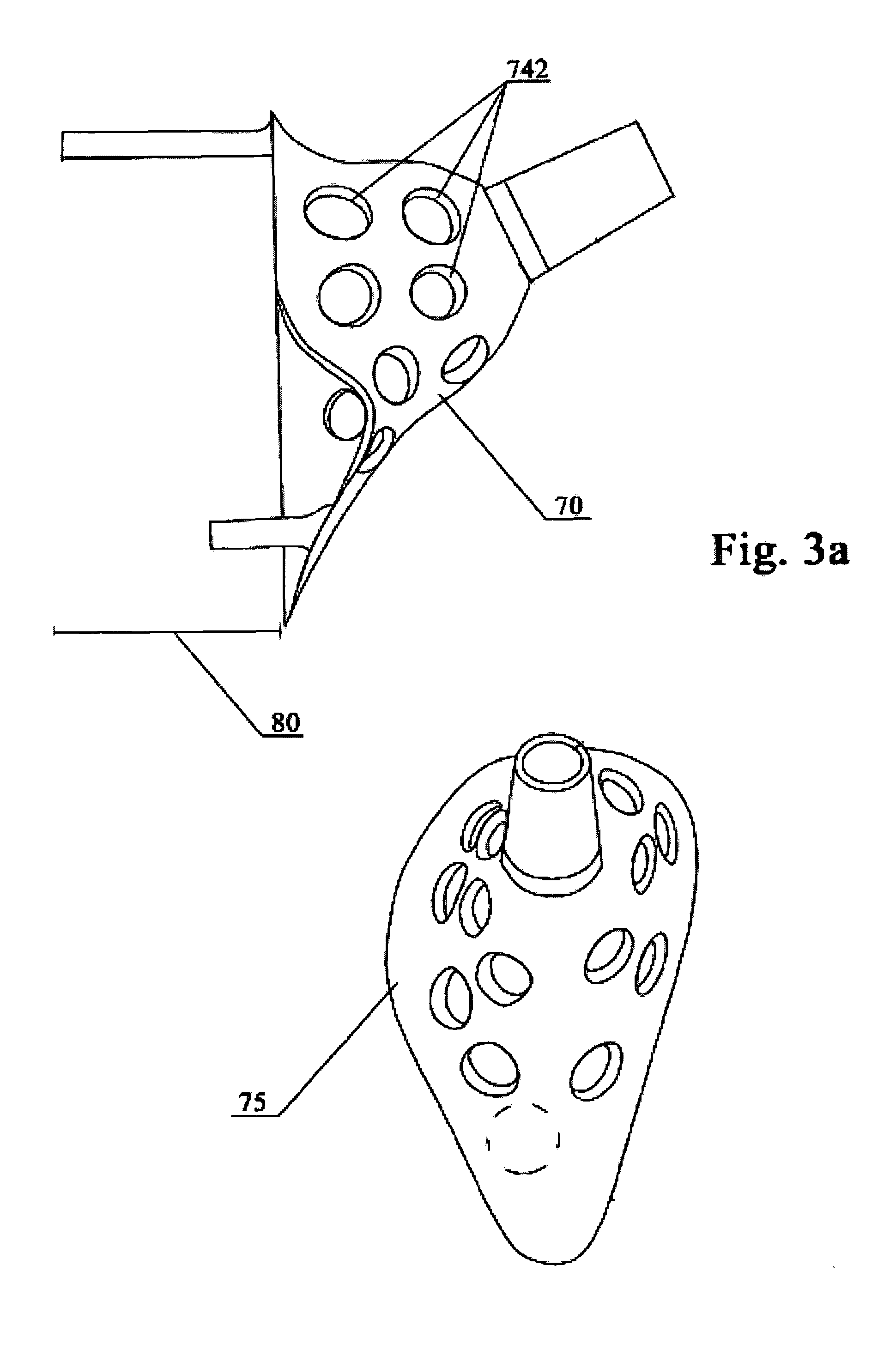For instance, if too little stress is applied to the bone,
resorption can occur, leading to
atrophy of the affected area.
By same token, if too much stress is applied, it may also lead to
resorption, or may result in an undesirable
atrophy of the affected area.
However, any failure or defect of the factors above leads to
bone disease or joint malfunction.
2) The axial loads and torsional moments are transferred to the bone across the bone-
prosthesis interface resulting in high shear stresses at the interface.
This disparity in stiffness also contributes to interface shear stresses.
As a result of these effects, the stem hip prosthesis cannot remain in the body for long period of time.
However, some authors dispute these favorable results pointing out that the bone is not preserved and that both
femoral head resorption and acetabular defects lead to subsequent early failure.
1) From material properties point of view,
cancellous bone is very different from
cortical bone and
metal. For example, the
elastic modulus of the
cortical bone,
cancellous bone and stem prosthesis (CoCrMo) are 17.3.times.10.sup.9, 324.6 times.10.sup.6 and 196.times.10.sup.9 (Pa), respectively. In principle,
cancellous bone cannot support any load at all. Once cancellous bone comes in contact with the hard surface of
metal stem and is loaded with a force beyond its physiological limits, plastic deformation occurs, which accumulates over an extended period of time and manifests itself as migration of the prosthesis.
2) There are changes and differences in the way force is loaded and distributed on the neck of the femur of an intact femur and an implanted stem prosthesis. According to Wolff's law, changes in
stress distribution throughout the bone eventually causes definite alteration in its internal structure. For example, the strain applied on
femoral head is radially transferred along the length of the stem. This causes a compression force from
femoral head to be applied only on inner wall of shaft femur, concentrated on a small and local area of the medullas channel. This leads to local plastic deformation of the cancellous bone.
3) Current
surgical procedures of stem THA generally requires the removal of the
entire head and neck portion as well as some hard outer
cortical bone in order to open the intramedullar canal and install the prosthesis. Such
surgery imposes a lot of anatomical changes on the natural
system, in terms of
blood circulation and
nutrient supply to affected area, that it also causes further physical changes in
proximal femur with respect to
bone quality after the
surgery. These problems have been recognized by the orthopaedic
community for quite some time. Obviously, these problems are associated with the current design of the hip prosthesis.
Aseptic loosening, fatigue fracture,
postoperative infection and
stress shielding, can directly or indirectly relate to the stem-style design of the prosthesis with respect to weaknesses in both biomechanical and physiological outcomes from the existing THA.
However, the relatively poor
survival rate suggests the need for an alternate method for replacing degenerative hips in this group of patients.
These technologies all have their limitations and can not be widely applied.
Due to the large variation of femoral head sizes between patients, it is difficult to develop a device which matches each individual one.
In most cases, the
femoral neck has more or less been damaged, so that it can not fully support the load from new head, even though the head has been repaired.
There were a few successful cases in its clinical past, but it has explored defects in its design.
Primarily, it was difficult to shape the retained portion of the
femoral neck to match internal shape of the prosthesis, causing the existence of micro movements of the prosthesis around the neck, particularly in early stages of
rehabilitation.
This caused too much stress to be applied on the screw and on the bone around the area the screw engaged.
So it was hard to maintain the prosthesis in a stable condition.
Furthermore, a taller cylinder section of the prosthesis was required to obtain an enough contact surface area of the prosthesis with femoral neck, which reduced the swing range of prosthesis motion.
In practice, such a
femoral prosthesis has a limited range of patient condition applications and difficulties in clinical use.
But the problem is: the
fastener works, like a regular nail or bolt, as a manner as that the nail tightly presses the object on a surface of bone by its small transversal section area of the nail head.
In soft
bone area, like lateral tissue of the trochanteric
bed, such a friction from nail won't provide much force for holding the prosthesis on site as one expected, because its
bone quality is relatively soft.
In these situations, it is undesirable to remove the healthy portion of the femoral neck.
In addition, the stemless
femoral prosthesis would eliminate most of problems caused by the stem type prosthesis, but it encounters some problems in its installation and maintaining stability in early stage.
Therefore how to stabilize the stemless prosthesis on site is a key issue for its success.
 Login to View More
Login to View More 


